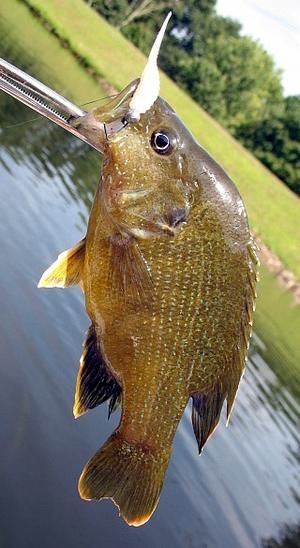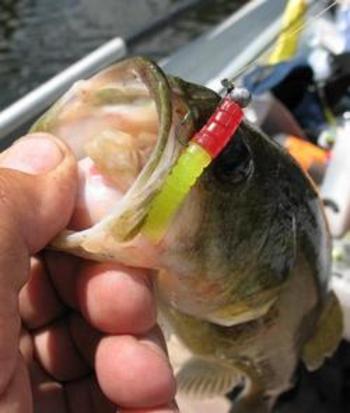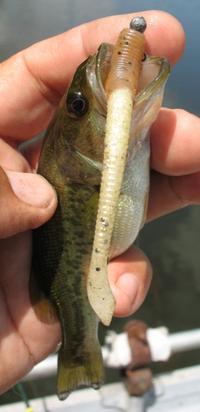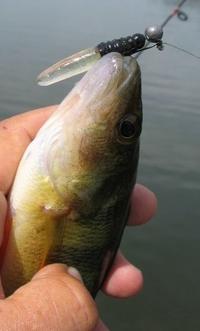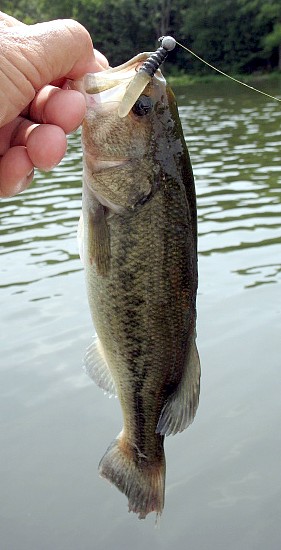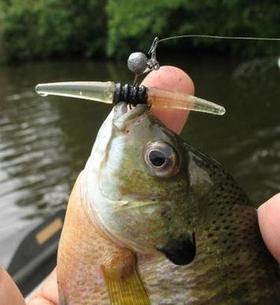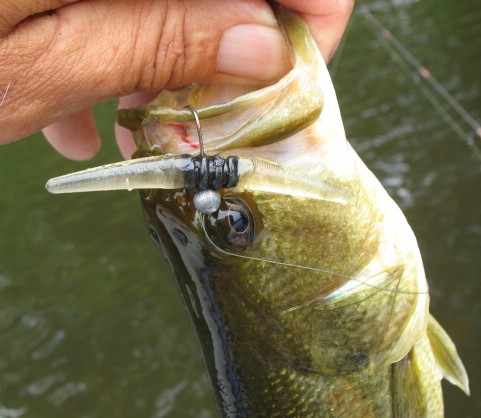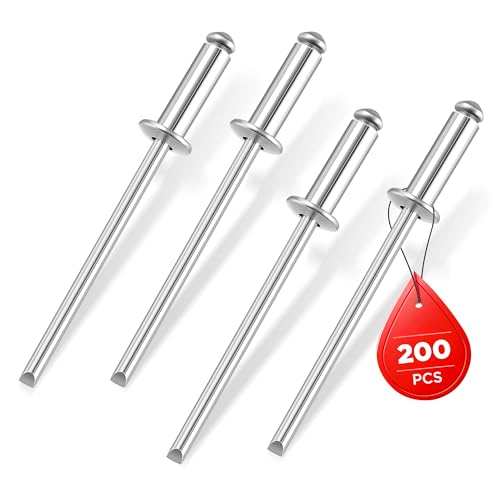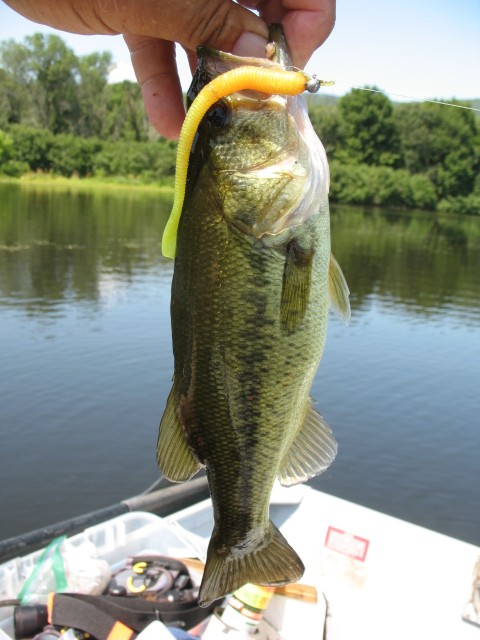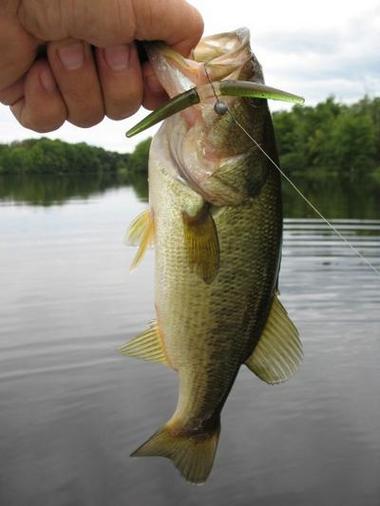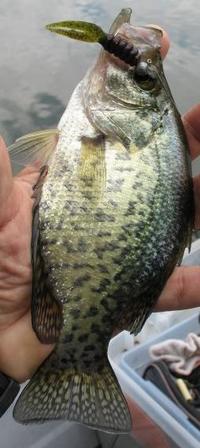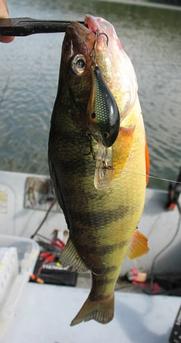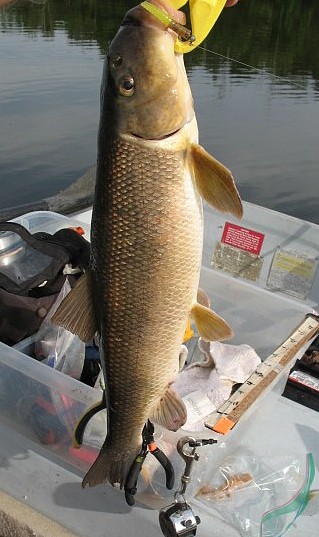Rich, I've caught many fish with holes in their mouths from being caught before regardless of the lure. Fish memory if you search on-line is short term and especially within months they forget (if they ever remembered being caught at all) will bite lures that demonstrate
aggravation triggers.
Refer to the photos in the original post as explained below.
Okay, here are examples (before I go fishing in the next hour):
Note the
Kut Tail worm rigged on the light jig (above photo). The action is a
slither & dart that many fish strike with glee! Whether it represents a food item - I could care less! All I know is that I've caught many species of fish with that particular design/ action in many waters. The plastic is made from a special mix of who knows what. I haven't figured out what, but it definitely is a factor and the sam mix used in Gary Y's Senko - another genius design.
The senko has a horizontal drop that drops at certain speed - very important for the body
rotating and tip flutter all the way to the bottom. That action accounts for big strikes from different species. What I've done is make a mini-stick design that does the same exact thing:
body wobble and tip flutter when rigged on a light ball head jig. What's more is that I can retrieve the lure horizontally to the bottom creating a vibrating lure that's attacked using a slow-medium fast retrieve. (photo of stick with clear tails)
The same design (photo) shows one clear plastic stubby tail attached to a small black body (clear plastics work as well as any color for a reason). It's trigger is
a wobble from side to side when twitched with the top tip and then paused. One of my best designs!
Even works well with a fatter stubby tail which fish clobber!:
The claw grub (made from the parts of two lures) has
subtle flapping tips that catches
anything that swims:
The crankbait shown gets slammed by panfish and bass when
trolled:
The above Risto Rap (discontinued by Rapala) has a special
tight vibration fish attack better than most crankbaits. This means the fish have to
chase the lure at whatever depth they're at - which really aren't prone to doing most of the time!
The prong tail and flat tail grubs (top photo) demonstrate
a tiny quiver when fish are
less than irritable. They can catch fish under a float when there's a slight chop on the water. I've used them ice fishing and caught fish.
Take the Beetle Spin - please! The
combination of the flashing blade causes a
soft plastic vibration that really pisses fish off! The subtle flapping of the curly tail does the rest (though other tailless designs also work).
This carp attacked a Crappie Magnet double tail grub as do all species when rigged on a light ball head jig (always unpainted).
The
tiny tails quiver with the least motion.
Okay, now you've got an idea why certain lures catch fish and most times better than thousands of similar lures. You must have excellent lures in your tackle box that excel. Most important is to watch them on one or more retrieve types and note their action.
That is the key to choosing what works vs what doesn't! .. meaning,
that which aggravates fish most in the
longest or shortest period of time depending on the bite and location type.